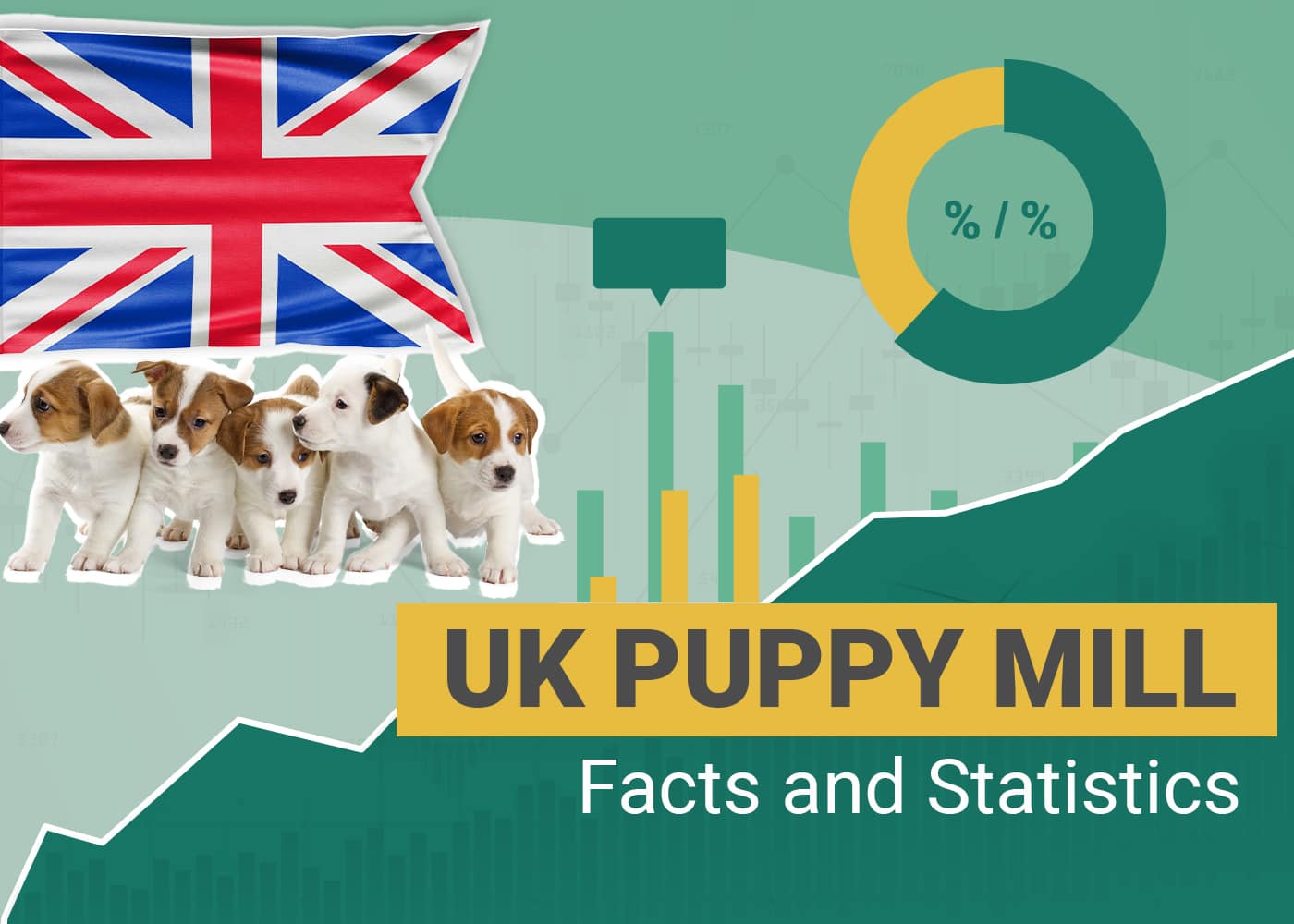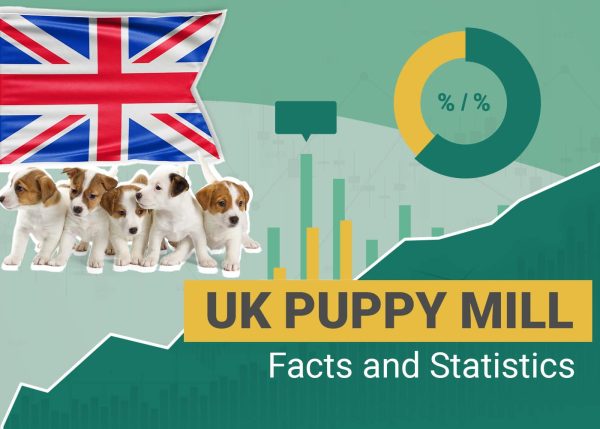Click to Skip Ahead
Note: This article’s statistics come from third-party sources and do not represent the opinions of this website.
It’s unfortunate that puppy mills are as prevalent today as they were over the past few decades. These places are almost always more concerned with making money than they are with the health and care that go towards the animals. While there are puppy mills all over the entire world, the United Kingdom is facing a lot of backlash for allowing these farms to continue running. As you read through the following UK puppy mill facts, be prepared to hear some uncomfortable information and use it to make wiser pet purchases in the future.

The 10 UK Puppy Mill Statistics
- Puppy mills almost always prioritize breeding over the health and safety of the animals.
- There are over 2,000 unsafe breeding establishments in Wales alone.
- Over 38% of people surveyed said that they would purchase a dog that was smuggled in from another country.
- Dogs shipped to the UK endure over 12 hours without food or water.
- Puppy mills sell their dogs through the internet, flea markets, and roadside sales.
- It is estimated that 80,000 dogs are sold each year as part of the country’s puppy trade.
- Most puppy mills have poor sanitation, food, and water and offer no veterinary care.
- Many dogs at puppy mills have no protection from the cold or heat and often exhibit health conditions such as ear infections, scabs, abscessed feet, and crusty, oozing eyes.
- Studies show that dogs bred at puppy mills have increased fear and behavioral issues as adults.
- A new animal welfare bill was passed in 2020 to fight against these cruel farms.
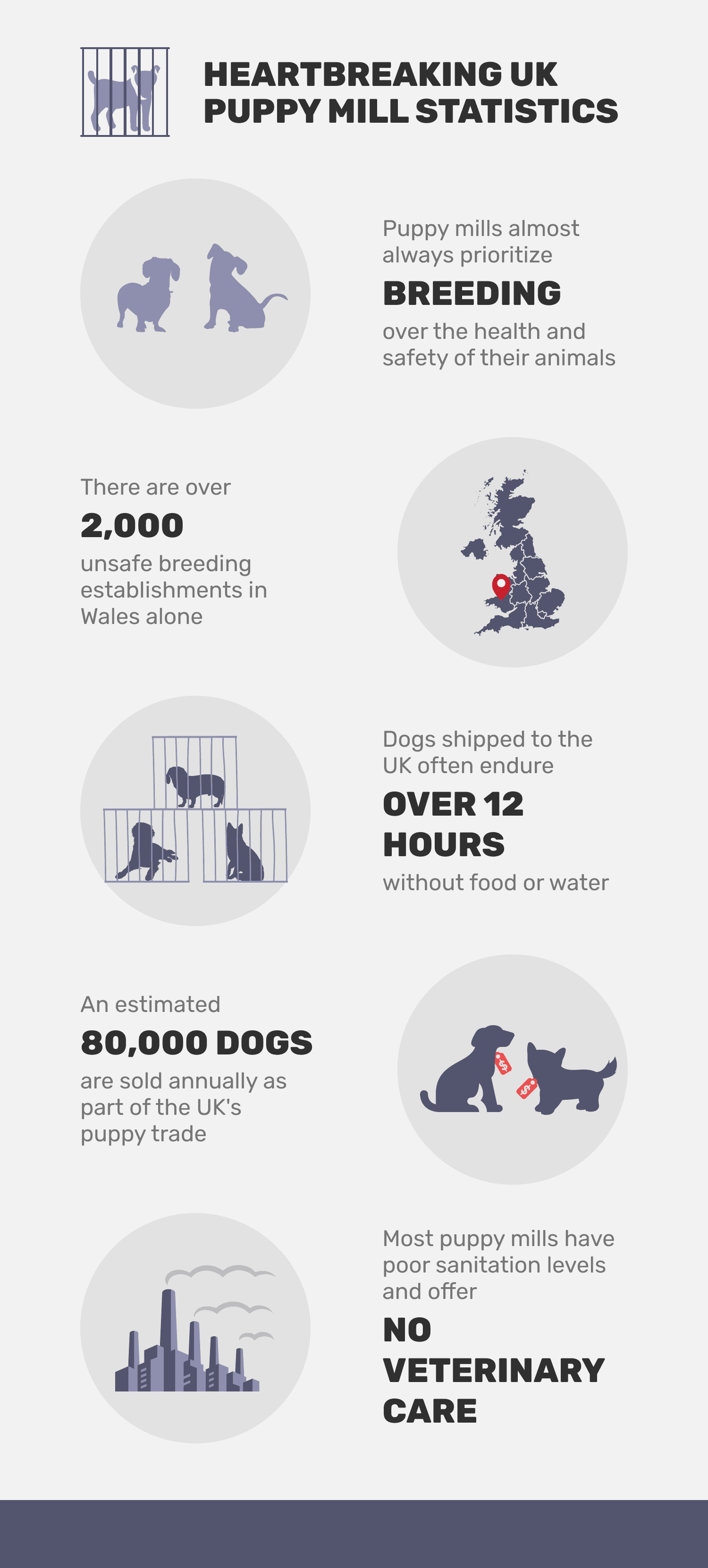

General UK Puppy Mill Information
1. Puppy mills almost always prioritize breeding over the health and safety of the animals.
(PETA)
It’s no secret that puppy farmers are in the business for one thing and one thing only: money. Puppy mills pop up all over the world because there is money to be made in the industry. The more a person breeds, the more likely they are to sell unhealthy puppies for cheap prices. The low initial costs are what lures customers in and make the cute, young dogs irresistible to families.
2. There are over 2,000 unsafe breeding establishments in Wales alone.
(Esdaw.eu)
The European Society of Dog and Animal Welfare reports that in 2012 there were at least 2,000 large-scale breeding establishments in Wales alone. This doesn’t even include the rest of the countries located within the United Kingdom. They even responded to nearly 60,000 calls on their animal cruelty line.


Puppy-Trading Industry
3. Over 38% of people surveyed said that they would purchase a dog that was smuggled in from another country.
(RSPCA)
The global pandemic has some catastrophic results for dogs. New research has shown that over 38% of people interviewed were willing to buy dogs that are smuggled into the country illegally. Many of these dogs produce false advertising, and there is an overall lack of awareness about imported dogs and how they are treated.
4. Dogs shipped to the UK endure over 12 hours without food or water.
(Sentient)
The demand for puppy smuggling is only increasing, and people often assume that they are transported safely. However, dogs that are shipped into the UK often endure trips that are over 12 hours long. They are not given food or fresh water during this time. The conditions are often cramped, and dogs experience extreme stress. Some dogs can’t regulate their own body temperatures. A few even end up dying on the trip.
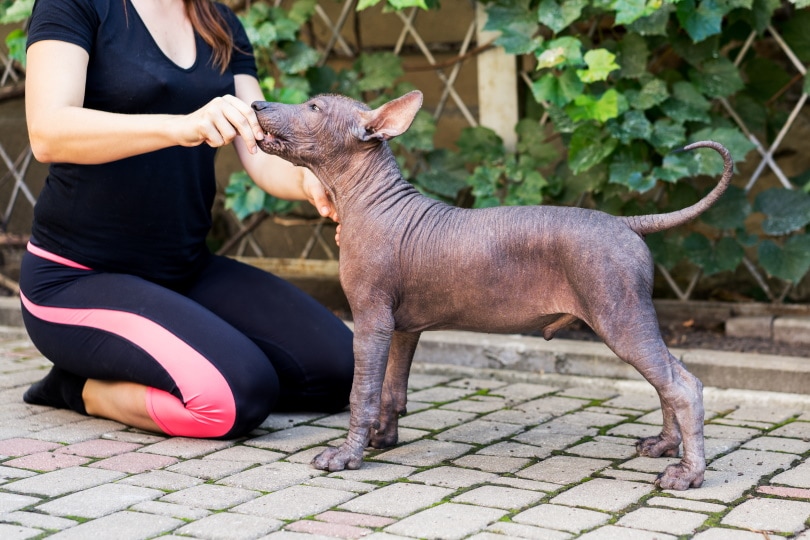
5. Puppy mills sell their dogs through the internet, flea markets, and roadside sales.
(Sentient)
You might not even know that you’re buying from a puppy mill because they do such a good job of hiding the conditions at the breeding location. Most puppy farmers sell their dogs away from their home locations. They advertise through the internet, flea markets, and even roadside stands.
6. It is estimated that 80,000 dogs are sold each year as part of the country’s puppy trade.
(Washington Post)
The Washington Post reports that almost 80,000 dogs are sold each year through the United Kingdom’s legalized puppy trade. Unfortunately, this trade has been increasing the number of canines that are sick and traumatized from the experience.
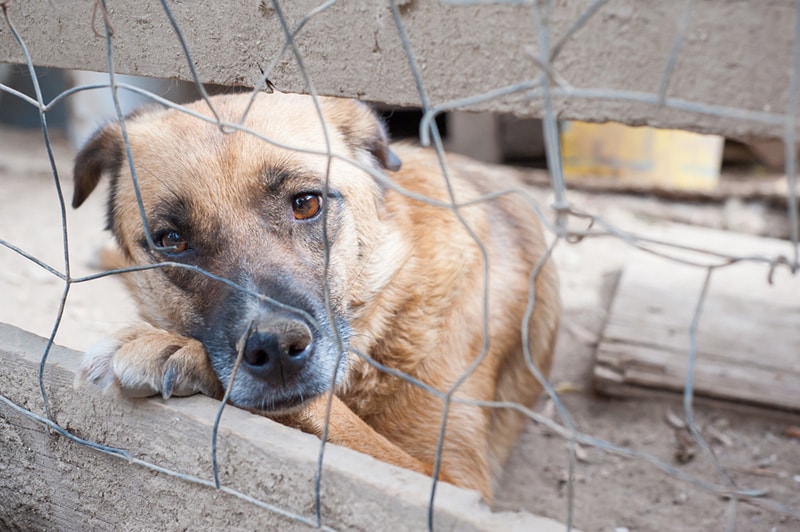

Puppy Mill Effects on the Animals
7. Most puppy mills have poor sanitation, food, and water and offer no veterinary care.
(HSVMA)
The Humane Society Veterinary Medical Association has spoken out about puppy mills across the globe. They go in-depth about the type of treatment that these dogs are given. Many of them are starving, dehydrated, and left to die instead of being given proper veterinary care.
8. Many dogs at puppy mills have no protection from the cold or heat and often exhibit health conditions such as ear infections, scabs, abscessed feet, and crusty, oozing eyes.
(PETA)
The hard truth about puppy mills is that you often have to see the cruelty before you believe it. Just because you wouldn’t treat an animal this way doesn’t mean thousands of other people won’t. Not only do puppy mill dogs often have a wide range of health issues and infections, but investigators also report watching dogs circle their tiny wire cages for hours on end in order to cope with their despair.
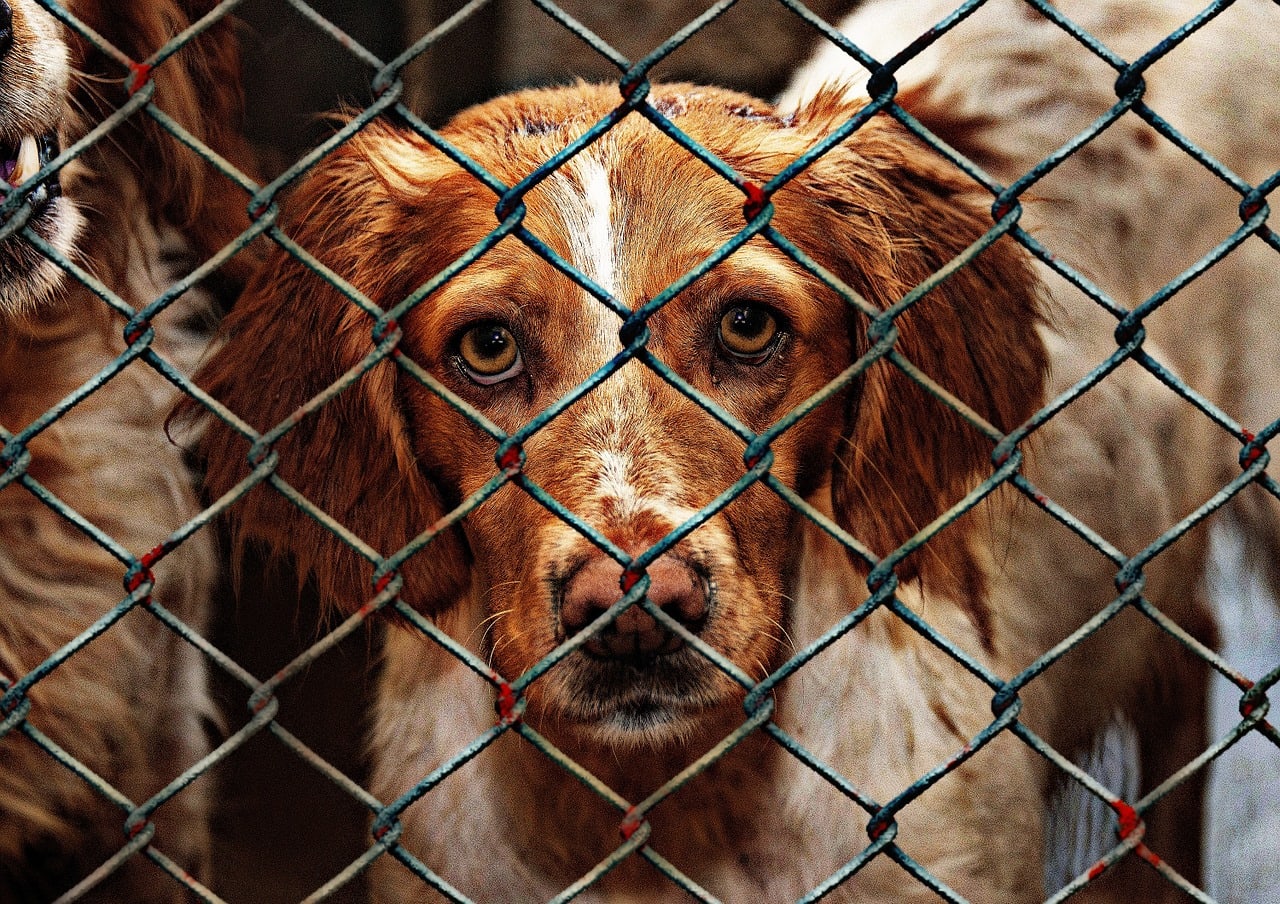
9. Studies show that dogs bred at puppy meals have increased fear and behavioral issues as adults.
(Science Direct)
Because of the way the dogs are bred and treated, many of them suffer well through adulthood. Puppy mill dogs are often scared of unfamiliar stimuli and have many more health and behavioral issues than dogs that come from reputable breeders.

Hopeful Statistic for Future Change
10. A new animal welfare bill was passed in 2020 to fight against these cruel farms.
(BBC)
So, is anyone doing anything to change how dogs are treated in the UK? A new law known as Lucy’s Law was introduced and passed in 2020 to make buyers have to deal with dog breeders directly. The details require all animals to be born in and reared in safe environments with their mother. They must also be sold from the place of their birth. These laws are designed to deter smugglers and reduce the number of puppy mills in the UK.


Frequently Asked Questions
How do you spot a puppy farm?
There are quite a few tell-tale signs that you are buying from a puppy farm instead of a reputable breeder. When you visit the site, make sure that the puppy has access to the mother before you even discuss anything further. Puppies should not be weaned from the mom until they are at least 3 weeks of age, and they should not be separated until 8 weeks of age.
If you are met with resistance of any kind from the breeder when trying to arrange a visit, this is a red flag, and you are better off buying from someone else. Ask the breeder as many questions as you can about the puppy, parents, and siblings.
Good breeders are able to provide you with genuine paperwork to provide proof of worming, vaccinations, and other health checks.
Is it safe to buy from pet stores?
Most of the big-name pet stores, like Petco and PetSmart, won’t even sell dogs and cats anymore. Instead, they regularly host adoption events for some of the local animal shelters. However, there are plenty of other pet stores that cannot be trusted. These places usually offer designer dogs that they purchased directly from a large-scale puppy mill.
(Sentient)
What factors make a breeding facility a puppy mill?
There are a lot of differences between quality breeders and puppy mills. Puppy mills will focus on quantity over quality, whereas other breeders are focused on passing along healthy DNA. Puppy mills also breed the parents as often as possible until their litter sizes gradually decrease, and the mother is deemed no longer useful.
Puppy mills also keep their dogs in continuous confinement. Many of their cages have wire bottoms with no place to lay comfortably. Often, these enclosures are far too small for the dogs, and they are kept in social isolation with no physical activity.
One of the worst parts about puppy mills is that the dogs are not given access to food, water, and veterinary care when it is needed. Many dogs suffer and die from injuries and diseases that are rarely treated.
(HSVMA)
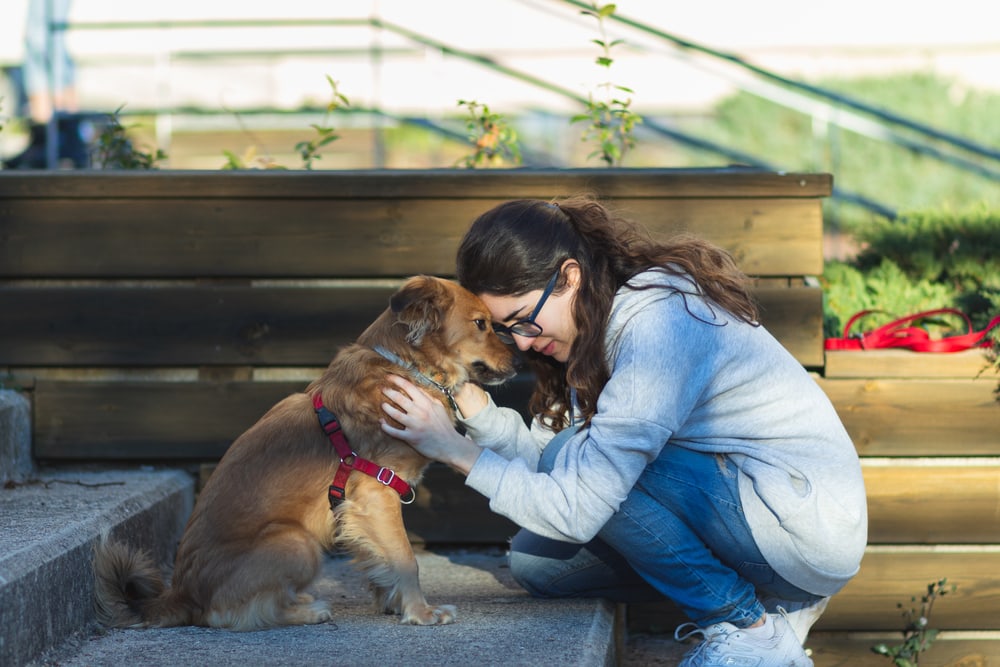

Conclusion
It is truly heartbreaking to learn about what goes on in these types of places. As animal lovers, we can’t imagine treating our dogs the way that puppy farmers do. They deserve endless love, care, and attention with the ability to live full, happy lives. Hopefully, these UK puppy mill statistics will make you reconsider where you buy your pets in the future. There are a lot of misleading ads out there, and you never know when one of these places is trying to scam you. The only way to shut them down is to encourage new animal welfare laws and stop buying from untrustworthy sources.
Featured Image Credit: Image Credit: 2690457, Pixabay

